Best
Flute For
Beginner
-
Overall:
With Genesis head joint -
Best Feature:
Upgraded mouthpiece with a wide riser angle -
TedScore™:
8/10
Best
Overall Flute
-
Overall: Design based on Yamaha's Professional Series flutes
-
Best Feature: Nickel silver construction provides increased durability.
-
TedScore™: 9/10
Best
Budget-friendly
Flute
INTRODUCTION
-
Overall:
Closed-hole flute - easier for beginner -
Best Feature: Nickel Silver Body
-
TedScore™: 8/10
Every time I see a flute, I marvel at its shimmering beauty and wonder, “What Are Flutes Made Of?”
This delicate wind instrument, a staple in orchestras and bands alike, is crafted from various materials. Flutes can be made from silver, gold, platinum, wood, or even plastic, each influencing the sound and weight.
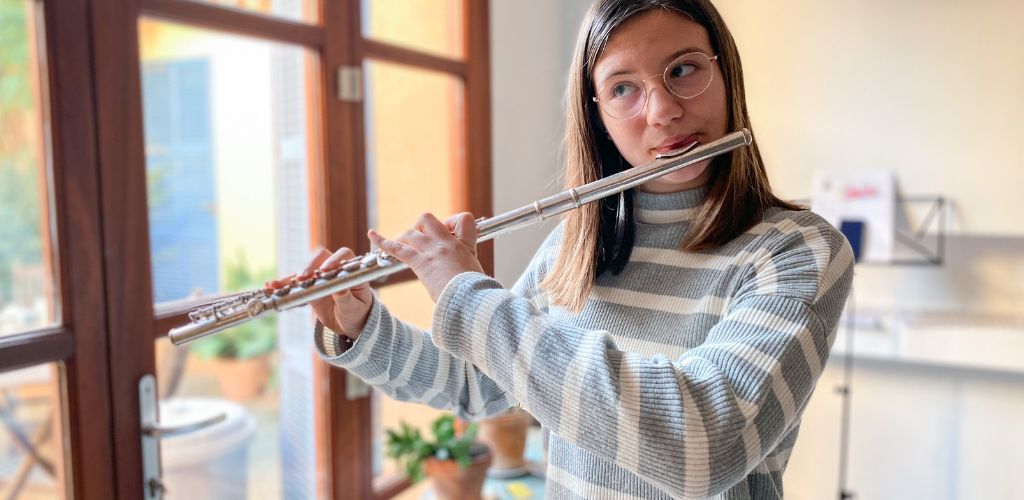
Flutes aren’t just simple tubes of metal or wood. They appeared in various regions such as India, China, and Japan after their initial use in Greece and Etruria. They embody craftsmanship, history, and technology, evolving from ancient times to the modern transverse flute in orchestras today.
Over centuries, flutes spread from the Middle East to Europe, showcasing their cultural interchange and adaptability.
I’ll guide you through the enchanting world of this woodwind instrument, exploring how different materials affect sound and playability.
Materials and Craftsmanship
As I explore the world of flutes, I’m genuinely fascinated by the diverse materials used over the years and the craftsmanship involved.
These elements significantly impact the sound, playability, and artistic value of the instruments, transforming each flute into a unique work of art.
Different silver alloys, such as sterling silver and Britannia silver, are used in flute making, and their varying silver content affects the tonal quality, with higher silver content typically resulting in a warmer and darker sound.
Historical Evolution Over the Years

Flutes were predominantly crafted from wood in the past. The wooden flute was cherished for its rich and warm tones.
Bamboo flutes, like the ney and kaval, have been used in various cultures due to their natural availability and distinctive sound qualities.
The shift towards metal began with the influential Hotteterre family in the 17th century, when flutes started embracing new designs to enhance musical possibilities, influenced by the sophisticated flutes from China.
Common Flute Materials
Today, metal flutes are the norm.
Sterling silver and silver flutes are particularly popular for their bright, resonant tones. Nickel-silver, often used in student flutes, offers a durable yet affordable option.
Less commonly, platinum flutes exist and are prized for their unique tonal color, although they’re costly. For those seeking traditional sounds, blackwood remains a choice for wooden flutes, producing a deep, resonant sound.
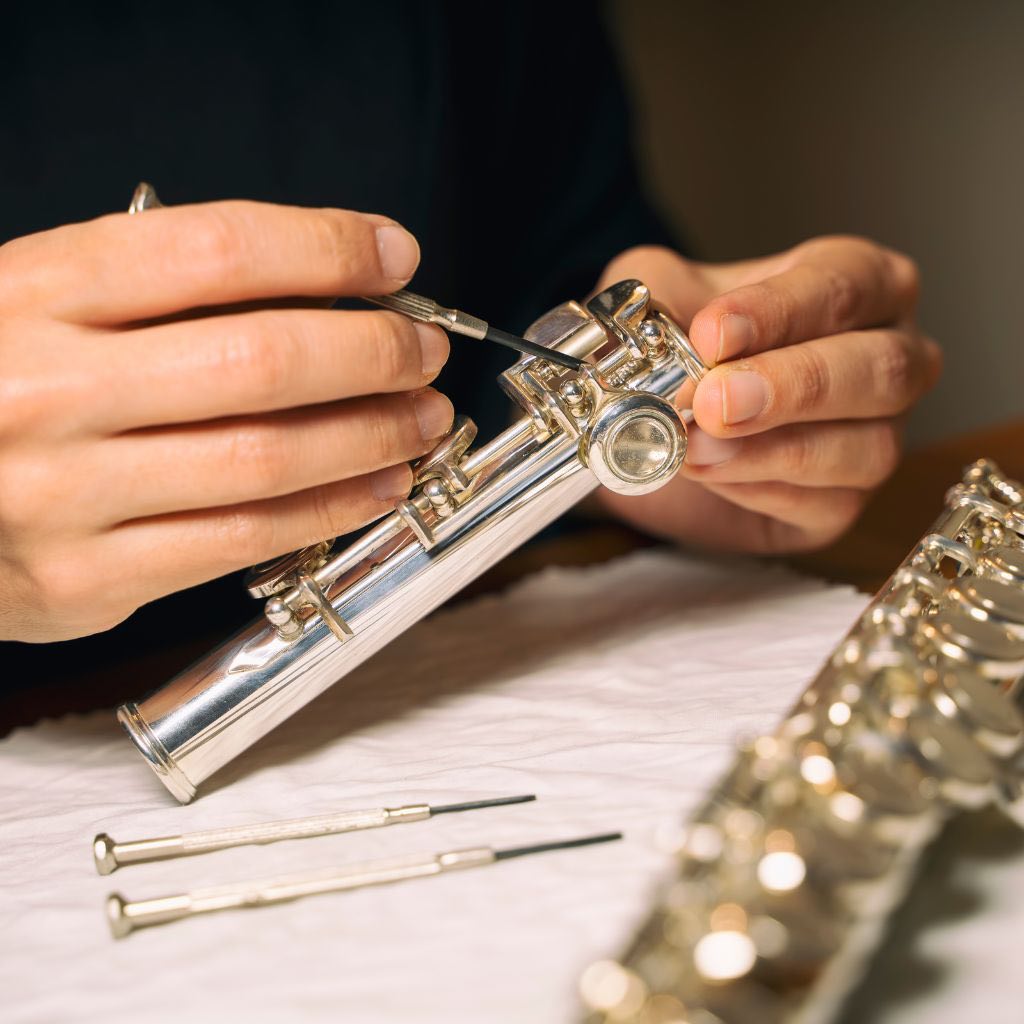
Modern Materials and Innovations:
Silver Alloys
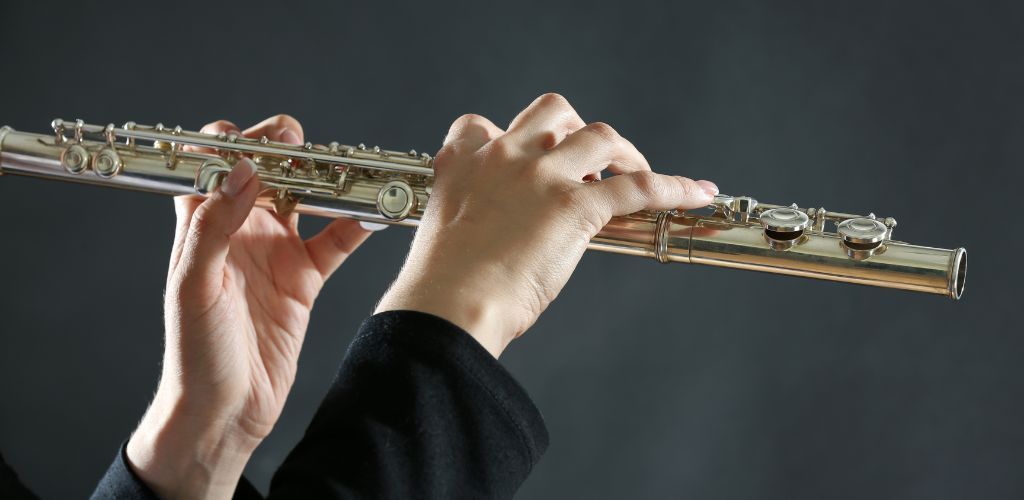
Advancements in technology and materials science have paved the way for innovative creations. Electroplated finishes on metal flutes enhance their aesthetic appeal and contribute to their durability.
Modern flutes incorporate mixed materials to achieve specific sonic qualities or to enhance playability. This era continues to expand on the rich tradition of flute-making, melding ancient techniques with cutting-edge innovations.
Metal Alloys in Flute Construction
Flute construction involves the use of various metal alloys, each with its unique properties and characteristics.
The choice of metal alloy can significantly impact the sound quality, durability, and overall performance of the flute. Here, we’ll explore some of the most common metal alloys used in flute construction.
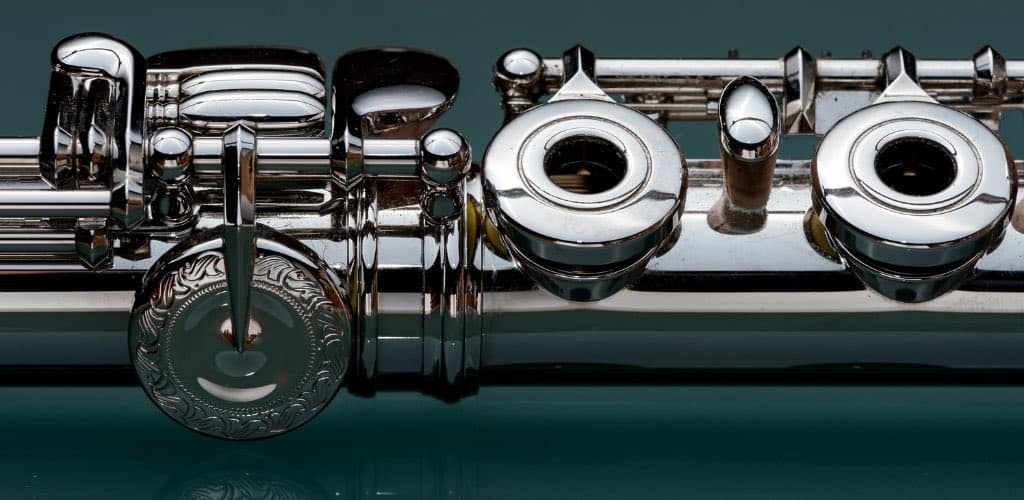
This alloy is a popular choice for student flutes due to its durability and affordability. Comprising copper, zinc, and nickel, it produces a bright and clear sound, making it an excellent option for beginners who need a reliable and responsive instrument.
Considered the standard for professional flutes, sterling silver is prized for its warm and rich tone. Made from 92.5% silver and 7.5% copper, this alloy offers a responsive and agile sound, making it a favorite among advanced flautists who seek a high level of expressiveness.
Gold flutes are highly valued for their warm and mellow tone. Used by professional flautists who require a high level of nuance and expressiveness, gold alloys can range from 9K to 24K. Higher karat weights produce a darker and more complex sound, adding depth to the music.
Platinum flutes are renowned for their bright and projecting sound. These flutes are often chosen by professional flautists who need clarity and precision in their performance. Platinum alloys are also highly durable and resistant to corrosion, ensuring the instrument’s longevity.
Design and Acoustics
The design of a flute significantly impacts its acoustics, influencing the instrument’s sound and playability.
From the head joint to the key mechanism, various components contribute to the flute’s unique tonal qualities and range.
The G keys, for instance, can be set in either an inline or offset configuration.
Inline G keys are set in a straight line and are more traditional, while offset G keys are mounted separately for improved accessibility, catering to musicians with smaller hands.
Anatomy of the Flute for the Flautist

In the anatomy of a flute, the head joint is a critical part. It’s where sound production begins, with the air blown across the embouchure hole.
The cylindrical bore and the array of tone holes along the body, along with the small but critical components, shape the sound.
Theobald Boehm developed a modern fingering system and key mechanism, allowing flutists to achieve precise pitch and timbre. Different plating, like silver or nickel, also affects the instrument’s resonance and weight.
Acoustic Properties
The acoustics of a flute hinge on vibration and airflow.
As I blow over the embouchure hole, air splits to create sound waves that interact within the cylindrical bore.
These interactions are further modulated by the opening and closing of tone holes, affecting pitch and volume. The material and finish, such as plating, impact the instrument’s sound characteristics, adding different tonal colors.
Transverse flutes, including panpipes, depend on similar principles but vary in design and sound projection.
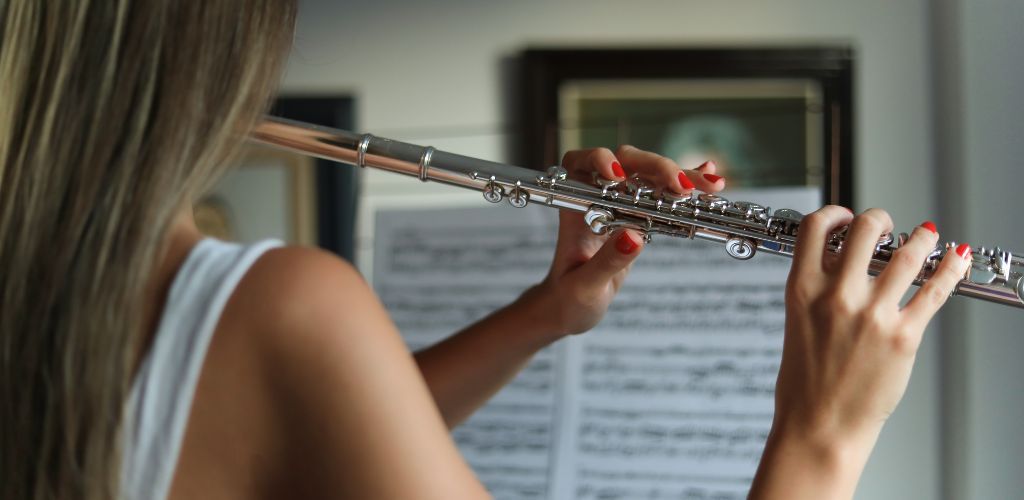
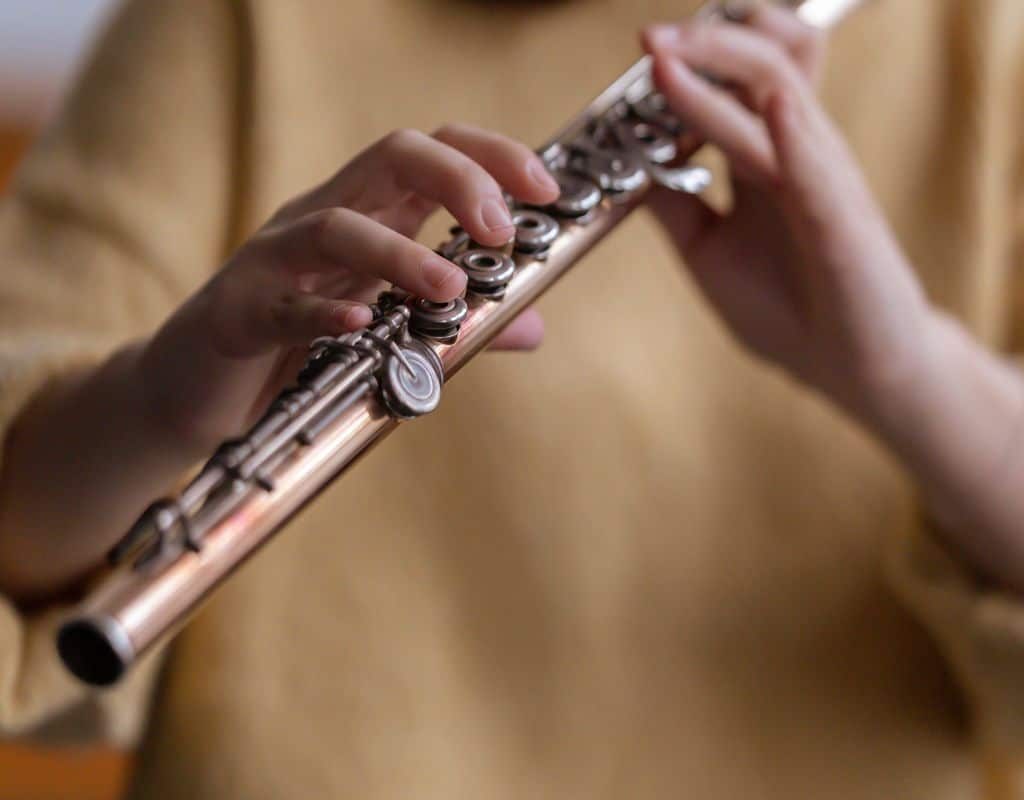
Variations and Tonal Range

Thanks to their design variations, flutes exhibit a broad tonal range.
Whether a concert flute or a vertical flute, each type offers unique acoustic properties.
The key mechanism and precise positioning of tone holes facilitate a wide range of notes and smooth transitions. I appreciate how traditional designs like the panpipe differ in sound but share core sonic principles.
These variations allow diverse musical expressions across different genres.
The Impact of Materials on Flute Sound
The material used in flute construction can significantly impact the sound quality and overall performance of the instrument. Here, we’ll explore how different materials can affect the sound of the flute.

Known for their bright and clear sound, silver flutes are highly responsive and agile. This makes them ideal for fast and intricate passages, allowing flautists to perform with precision and clarity.
Gold flutes are celebrated for their warm and mellow tone. They offer a high level of expressiveness and nuance, making them perfect for slow and contemplative passages where emotional depth is essential.
Wooden flutes produce a rich and earthy tone, resonating with a natural warmth. They are highly responsive and are often used in folk and traditional music, where their unique sound adds an authentic touch.
Platinum flutes are distinguished by their bright and projecting sound. They are highly durable and resistant to corrosion, making them a reliable choice for professional flautists who demand consistency and high performance.
Crafting and Quality
Crafting the Flute
Crafting a flute is a highly skilled and labor-intensive process that requires great attention to detail and precision.
Here, we’ll explore the steps involved in crafting a flute.
The first step in crafting a flute is selecting the right materials. This can include silver, gold, wood, or other materials, depending on the desired sound quality and aesthetic. The choice of material is crucial as it sets the foundation for the flute’s tonal characteristics.
The next step is creating the tube, which forms the main body of the flute. This involves rolling and shaping the selected material into a cylindrical form. The precision in this step ensures the flute’s structural integrity and sound projection.
The keys are then crafted and meticulously attached to the tube. This involves creating the key cups, stems, and pads, and assembling them into a functional mechanism. The key mechanism is essential for the flute’s playability and the flautist’s ability to produce accurate notes.
The pads are crafted and attached to the keys. This involves creating the pad material, shaping it to fit the key cups, and securing it to the keys. Properly made pads ensure a good seal over the tone holes, which is vital for sound production.
The final step is assembling the flute, which involves attaching the keys, pads, and other components to the tube. This step requires precision to ensure that all parts work harmoniously, resulting in a well-balanced and playable instrument.

Quality Control and Testing
Quality control and testing are essential steps in the flute-making process. Here, we’ll explore the steps involved in ensuring that a flute meets the highest standards of quality and performance.
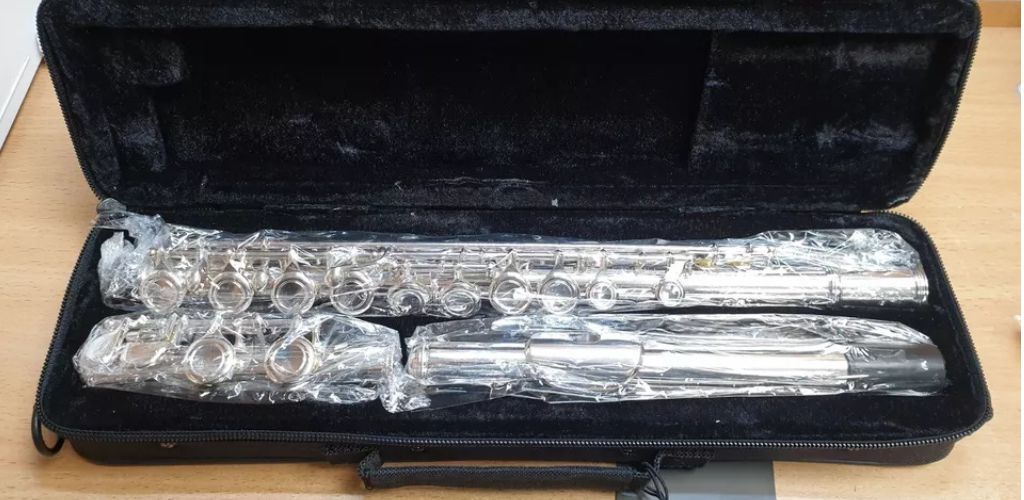
The first step is a thorough visual inspection of the flute for any defects or imperfections. This includes checking the tube, keys, and pads for any signs of damage or wear. A meticulous inspection ensures that the flute is free from any visible flaws.
The next step is play testing the flute, which involves checking the sound quality, intonation, and overall performance. This can involve playing a variety of passages and exercises to test the flute’s responsiveness and agility. Play testing ensures that the flute meets the musical standards expected by flautists.
The final step is making any necessary adjustments and refinements to the flute. This can involve adjusting the keys, pads, and other components to optimize the sound quality and performance. Fine-tuning the instrument ensures that it delivers the best possible playing experience.
By understanding the intricate process of flute making and the impact of different materials, we can appreciate the artistry and craftsmanship that goes into creating these beautiful instruments.
Whether you are a beginner or a professional flautist, the choice of materials and the quality of craftsmanship play a crucial role in your musical journey.
Popular Brands and Models
Yamaha YFL-222 Student Flute with Offset G Key System

DESIGNED FOR: Beginners
FEATURES: The design is based on Yamaha's Professional Series flutes.
OTHER INFO: Nickel silver construction provides increased durability and a rich tone.
Yamaha YFL-222 Student Flute with Offset G Key System
- Hand-assembled silver-plated keys.
- Comfortable offset G key system.
- Includes case.
- While some players find the offset G key comfortable, others may prefer an inline G key system, so it's a matter of personal preference.
When you click ‘Check Price’, you’ll see there are loads of great places to buy this item. Our personal favorite is Sweetwater for the US, and Thomann and Gear4Music for the UK & Europe.
They are the largest music retailers, with excellent customer service, competitive prices, really fast shipping, and the longest guarantees.
The professional musician who wrote this article combined many things,
from the product build, manufacturer’s reputation through to feedback
from other users, to create our famous TedScore™.
Stagg FL111 Flute

FEATURES: Closed-hole flute - easier for beginner
OTHER INFO: Nickel Silver Body
- Cost-effective
- Offset G for extra ergonomic design
- It may not be as durable as advanced flute
When you click ‘Check Price’, you’ll see there are loads of great places to buy this item. Our personal favorite is Sweetwater for the US, and Thomann and Gear4Music for the UK & Europe.
They are the largest music retailers, with excellent customer service, competitive prices, really fast shipping, and the longest guarantees.
The professional musician who wrote this article combined many things,
from the product build, manufacturer’s reputation through to feedback
from other users, to create our famous TedScore™.
Jupiter JFL700REC Flute

FEATURES: With Genesis head joint
OTHER INFO: Upgraded mouthpiece with a wide riser angle
- Includes a French case and cover so you're ready to travel
- Maintenance Needs
When you click ‘Check Price’, you’ll see there are loads of great places to buy this item. Our personal favorite is Sweetwater for the US, and Thomann and Gear4Music for the UK & Europe.
They are the largest music retailers, with excellent customer service, competitive prices, really fast shipping, and the longest guarantees.
The professional musician who wrote this article combined many things,
from the product build, manufacturer’s reputation through to feedback
from other users, to create our famous TedScore™.
Final Recap:
What are Flutes Made of
It is genuinely fascinating to reflect on what makes up a flute. These instruments are crafted from a variety of materials, each bringing its own unique flavor to the sound.
Whether it’s wood, metal, or plastic, the choice impacts not only the sound but also the player’s experience. Imagine the bright and clear tone of silver or the rustic warmth of wood.
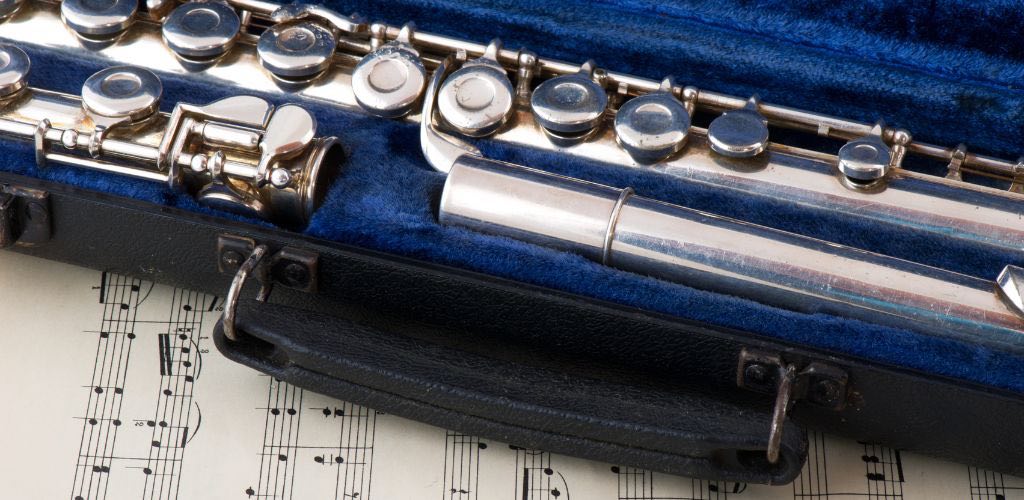
Silver: Known for its bright tone
Wood: Offers a warm, rich sound
Plastic: Lightweight and budget-friendly
In fact, these differences make each flute unique. It influences your music, your journey, and your joy in playing.
I find the diversity delightful. It reflects the centuries of history flutes have journeyed through. So, when choosing a flute, think about the sound that resonates with you.
But wait, there’s still more…
If you’re new to playing the flute, this article on “Flute for Beginners” provides essential tips and guidance to help you start your musical journey with confidence!
FAQ's
Flutes are usually made of materials such as silver, gold, nickel, or various types of metal alloys, with beginner models often constructed from nickel-silver and higher-end models made from solid silver or even gold.
The best material for a flute is typically solid silver, as it offers a rich, warm tone and excellent resonance, making it a preferred choice among professional flutists.
Cheap flutes are often made of nickel-silver or plated brass, which are more affordable materials that still allow for decent sound quality for beginner players.
Yes, many high-quality flutes are made of solid silver, which enhances their tonal richness and overall sound quality, especially in professional-grade instruments.


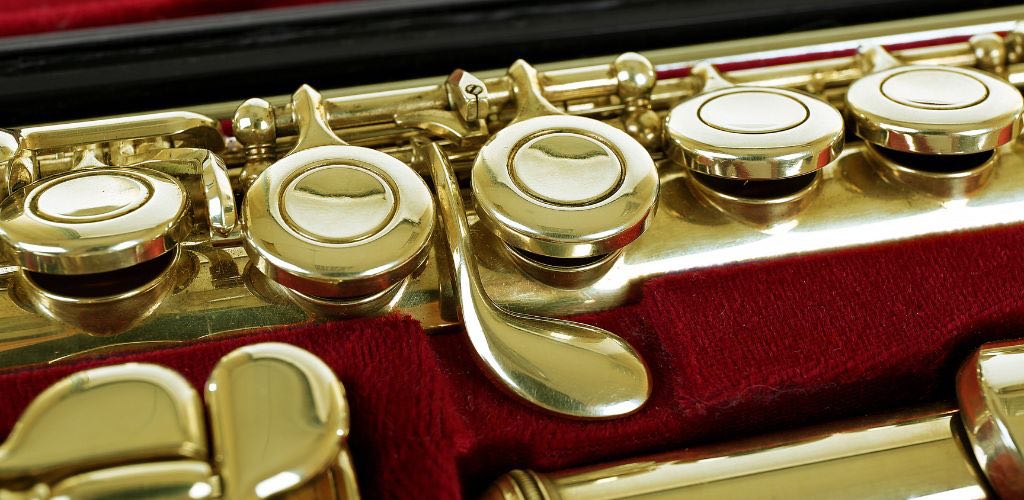
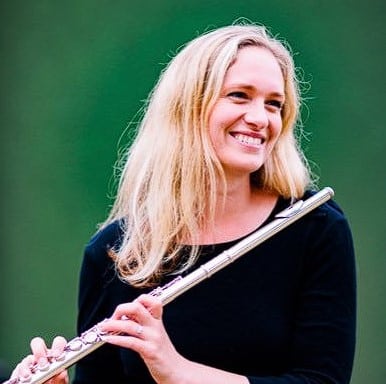






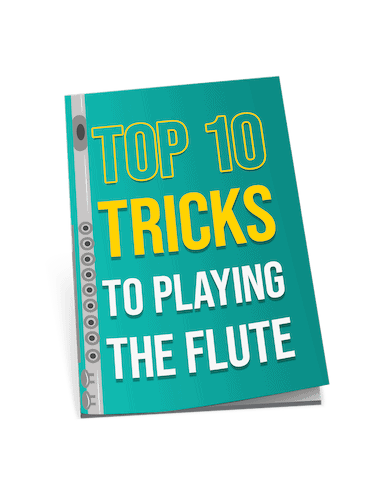
Loved the deep dive into the materials and craftsmanship of flutes, Robert Emery! It’s fascinating to see how much thought goes into selecting the materials to create the perfect sound. Silver alloys being pointed out as modern innovations really caught my eye. Makes me appreciate my own flute even more, knowing the history of its construction.
Right? Silver alloys changed the game for flute sound quality. It’s cool to think about the evolution from simple wood to these high-tech materials!
hey, does the type of material really make a big difference in sound? asking cuz thinking of adding a flute to my band setup and wondering if i should splurge on a fancy one.
This article provides a thorough overview of flute materials and their impact on sound quality, which is very informative. However, it would have been beneficial to include more comparative insights between traditional and modern flutes to assist educators in making informed decisions when recommending instruments to students. The section on acoustic properties and material impact offers valuable information, but additional examples illustrating these differences could enhance understanding.